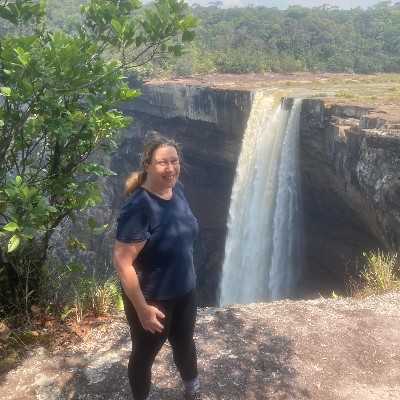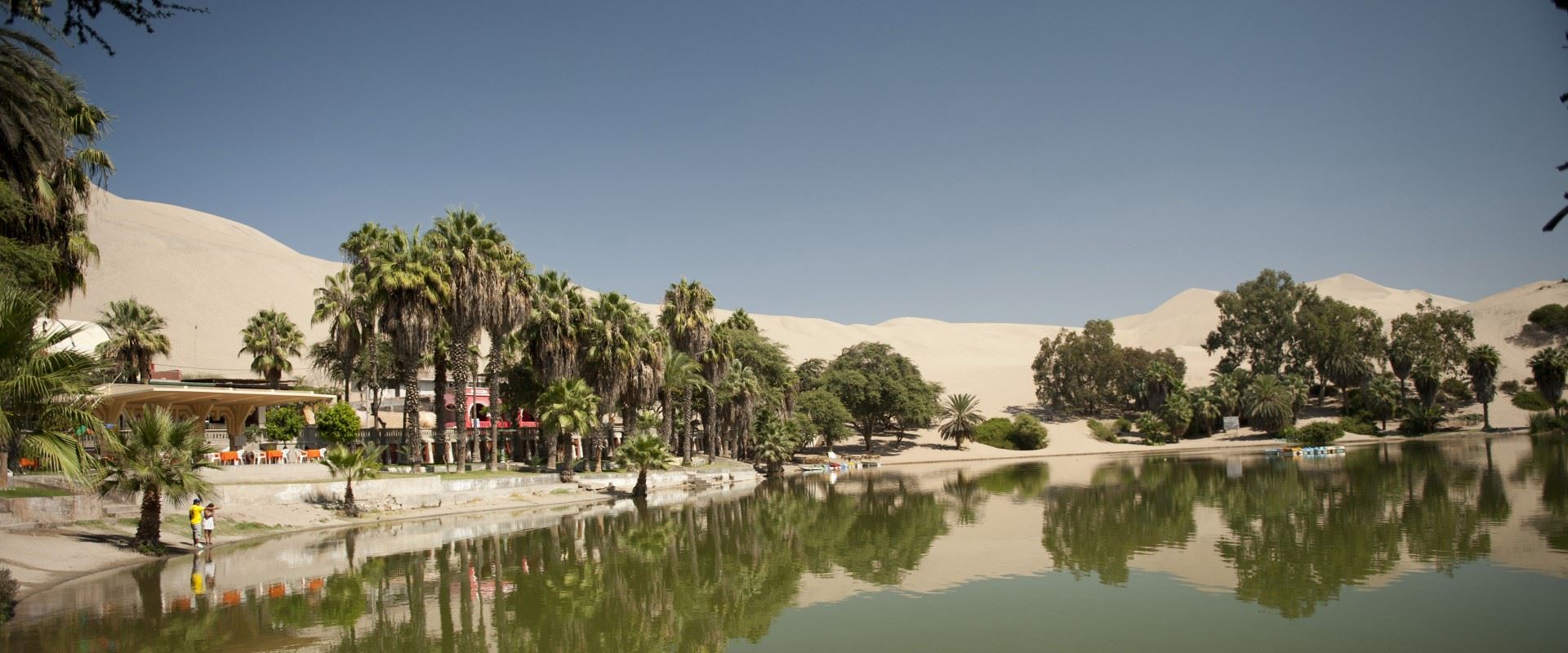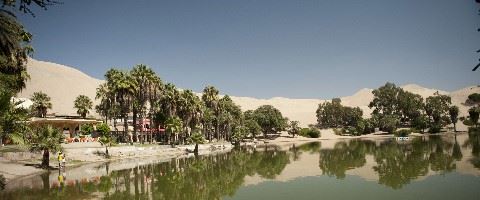Please use this form to request further information about a Sunvil holiday or destination.
We promise that a member of our specialist reservation teams will reply personally to your holiday enquiry before 5.30pm if received before 12.00pm (Monday to Friday). Enquiries received after 12.00pm will be replied to within 24-hours (excluding Sundays).
If your enquiry is of an urgent nature, please telephone our dedicated reservation teams on the numbers listed below.
Our lines are open from 9.00am to 5.30pm Monday-Friday and from 9.30am to 4.30pm Saturday.
- Greece: 020 8758 4758
- Cyprus: 020 8758 4759
- Portugal, the Azores, Spain, Italy, Sicily and Scandinavia: 020 8758 4722
- Latin America: 020 8758 4774
- Marketing: 020 8758 4731




